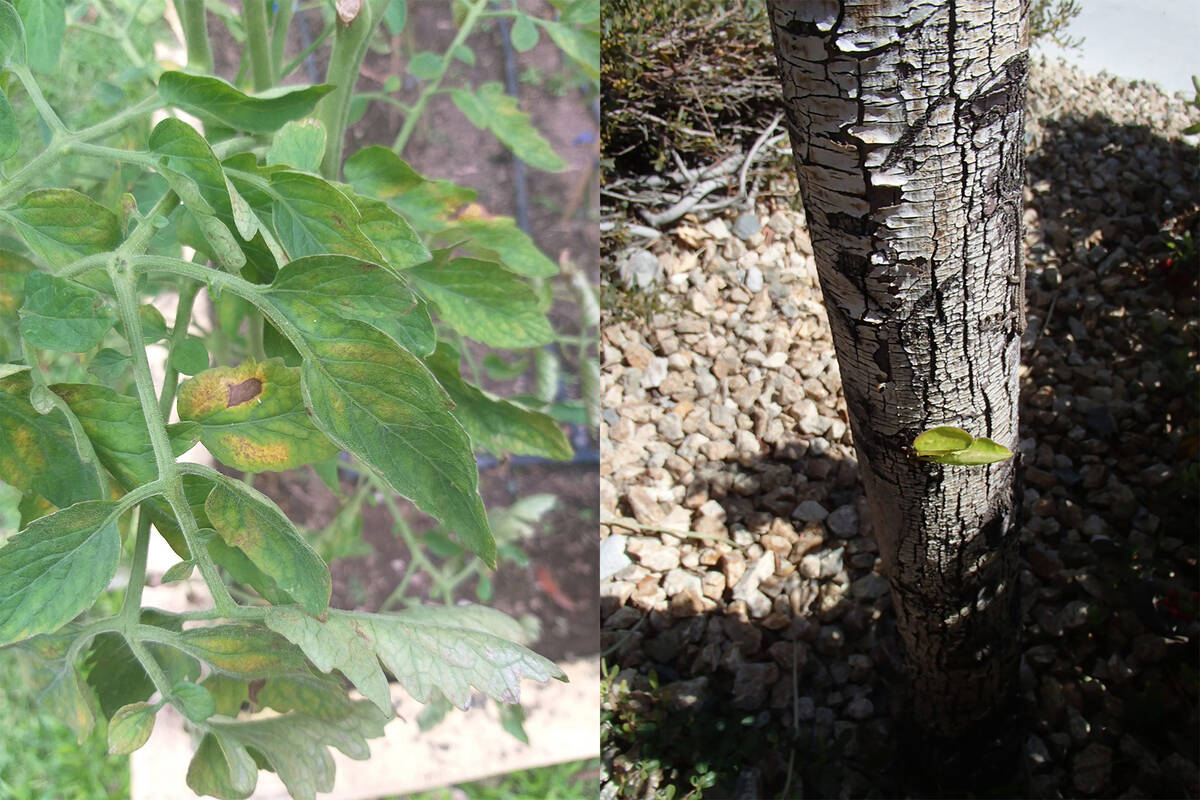Here are the differences in 2 main classifications of plant disease

Let’s talk about two of the main classifications of plant diseases — biotic and abiotic — and the differences between them.
The term “abiotic” means “without life.” Examples include damage from the sun, heat or wind — or from anything else that is not living. In human terms, an abiotic source of disease is something that we might say causes stress to a plant.
Biotic, on the other hand, are diseases caused from anything that is living: Fungi, bacteria, viruses and nematodes are the most common. These are also known as infectious diseases; they can spread from plant to plant.
In botany we call these “causal organisms,” things such as fungi, bacteria, viruses and nematodes that lead to plant diseases.
Now, can abiotic diseases morph or change into biotic forms? Most people think not. But abiotic stresses make plants more susceptible to disease organisms.
It can be confusing to tell the difference between abiotic and biotic diseases with just your eyes. Plant disease symptoms are typically not too specific. For example, a tomato plant that is wilting or dying could be suffering from a biotic disease, such as root rot caused by several different water mold fungi, or an abiotic disease, such as drought.
Q: We live in Southern Utah. Several of our fir trees have been affected by a white scale on the needles, which we first noticed two summers ago. The trees are at 8,000 feet elevation and we don’t have access to the property for about six months of the year due to extreme weather and closed roads. Any idea what this may be and how best to treat it?
A: A common cause of sap bleeding (that sticky white residue you are seeing in the spring) may be small insects called adelgids. The most common ones resemble aphids. Adelgids, like aphids, normally disappear when they get hot and dry. When they persist, their sucking can cause deformities in the needles and new growth, so watch for that.
You might want to control the adelgids if they stick around through most of the summer or get out of control. Use a pesticide, not an oil. Some oils cause discoloration to the needles of some evergreens. It has been noted in spruce, for instance.
Q: What is this thing growing in the center of my sago palm? It is soft and bunchy. I have not seen it before.
A: Sago palms, as they’re often called, are not palms at all, but cycads. These plants may be either male or female — you have a female cycad. These plants have many symbolic meanings, including longevity and authority, and were used medicinally in ancient times.
Bob Morris is a horticulture expert and professor emeritus of UNLV. Visit his blog at xtremehorticulture.blogspot.com. Send questions to Extremehort@aol.com.